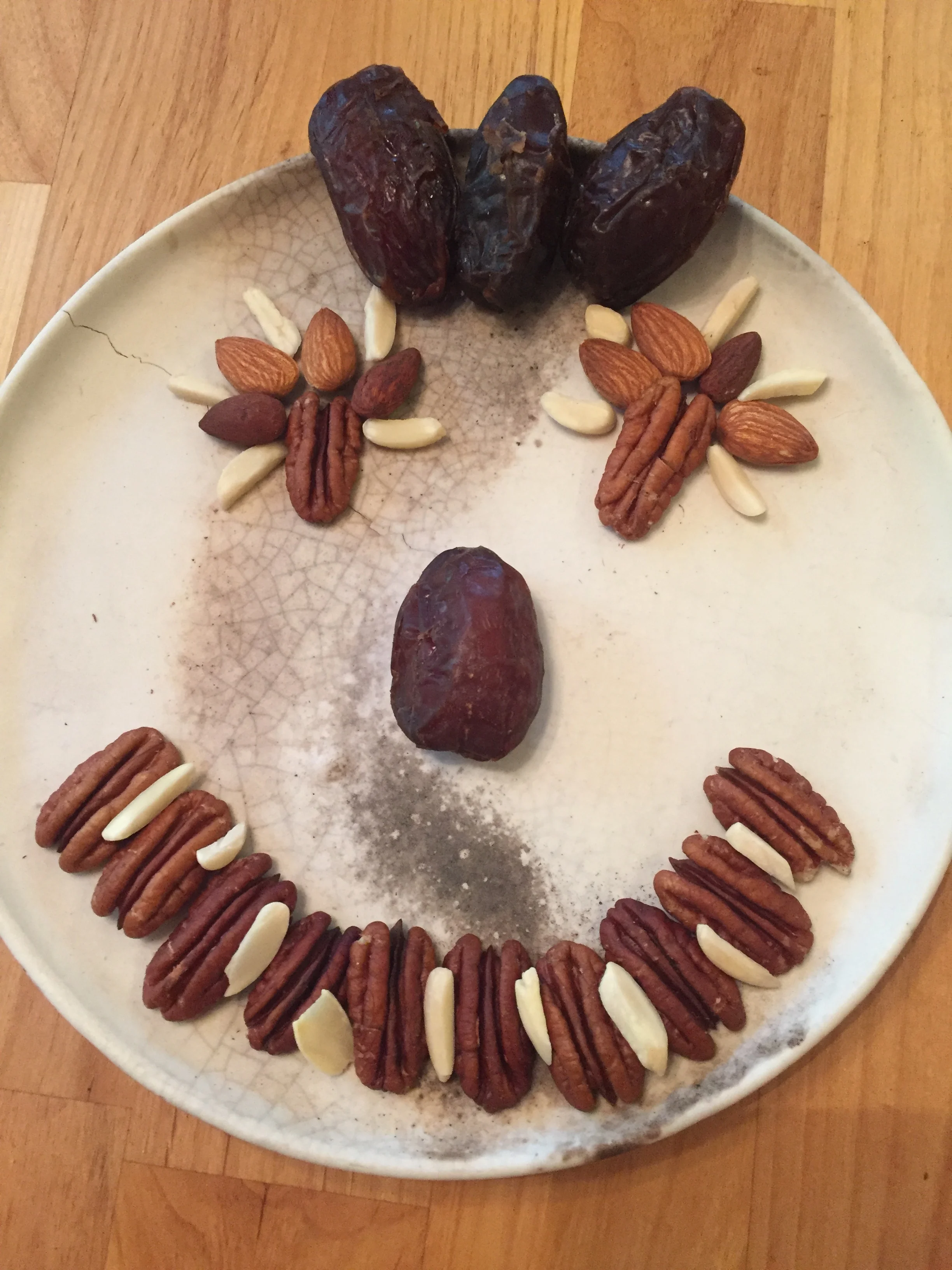There are two cuisines that can be particularly toxic to Vata: Mexican and Indian.
Let's take Mexican first. I once went to a Mexican restaurant in the middle of nowhere (because I had no choice asked if there was anything on the menu that didn’t have onions or garlic. Nope. It turned out that not even plain rice would work, because the rice was sautéed in onion. Darn it! Mexican food used to be so much fun to eat! The snap and crackle of chip after chip dipped in salsa, the piles of cheese and lettuce, avocado and extras like sour cream all mixed together. So filling, so satisfying. But for Vatas in the Vata stage of life (read: Sensitive stomachs in middle age), the ingredients of typical a Mexican dish are hard to digest.
We’re talking meat, beans, tomatoes, avocado, peppers, and corn cooked in peppers, chilis, onions, garlic, jalapeño, and cheese - lots of cheese all cooked in questionable oil.
How can you enjoy Mexican food and not have indigestion? Until restaurants offer VataFriendly options, I suggest you make it at home. When your friends want you to join them for Mexican, tell them you already HAD that this week, and suggest Japanese.
Easy to digest Mexican is a staple at our house. We always have the ingredients stocked:
Tortillas: try to find plain tortillas made of either whole wheat or corn, with no extras like jalapeños.
Cheese: Mexican white cheese is usually pretty digestible. My personal favorite is the new vegan cheeses that have come out, made of almond or coconut because they taste great and melt well in the toaster oven or a pan. These plant-based cheeses on top of soft tortillas are easily digestible papusas and make a nice warm soft snack for Vata.
Salsa: The simpler the better! The tomato base of red salsas can be improved by staying away from canned tomatoes and using fresh cherry tomatoes with cilantro, salt and lime.
Avocado: Well this is the one ingredient that is great to digest and so good for you. Spend time finding just right avocado and keep plenty in your larder. Here is my guacamole recipe, which I learned from my husband: avocado, lime, salt and pepper, fresh tomatoes, cilantro and a pinch of cayenne.
Beans: A lot of people have trouble digesting the skin of black beans. You can eat them anyway, and take a digestive pill with it, or select the easier pinto beans. The key is to find cans of beans (unless you are a saint who slow cooks your own) that don't have any additives such as onions garlic or jalapeño. Go to the part of the grocery store that just has canned beans and not the "ethnic part" of the grocery store to seek simple cans of pinto beans.
Meal Menu: So now you have soft tacos, burritos, rice and beans, maybe with plantains sautéed in coconut oil and you have a giant Mexican meal that will result in great digestion.
INDIAN FOOD: Large, smelly tear-inducing onions are the basis of the food in most Indian, Nepali and Pakistani restaurants. Raw or cooked, the onion and a gazillion spices saturated in oil are just too hard for some to digest. Like Mexican food, Indian food tastes really good, so it’s really easy to overeat. Plus, who knows what oil is used in these restaurants - usually the cheapest which is a ticket to bloating and indigestion.
There are Indian cuisines, such as Jain or Yoga or Buddhist that are designed to calm nerves, so if you can find a restaurant that specializes in these spiritual traditions, you’re in luck.
In the meantime, it’s not that hard to make rice and lentils at home. India, thank goodness, has produced many wonderful spices including the warm calming spices recommended for Vata and Pitta. They are: Cinnamon, cardamom, cumin, ginger, cloves, turmeric, coriander, caraway, and fennel seeds. Add the spices to your dish (see kitcheree recipe) and you will have very tasty curry. Miss onions terribly? They can be substituted with fennel bulbs or scallions. Scallions are miniature onions but if you use just one little scallion instead of a huge onion, it can make a difference! As for garlic, leave it out, use garlic powder or order a garlic-like spice called hing (asafoetida) to use sparingly.



